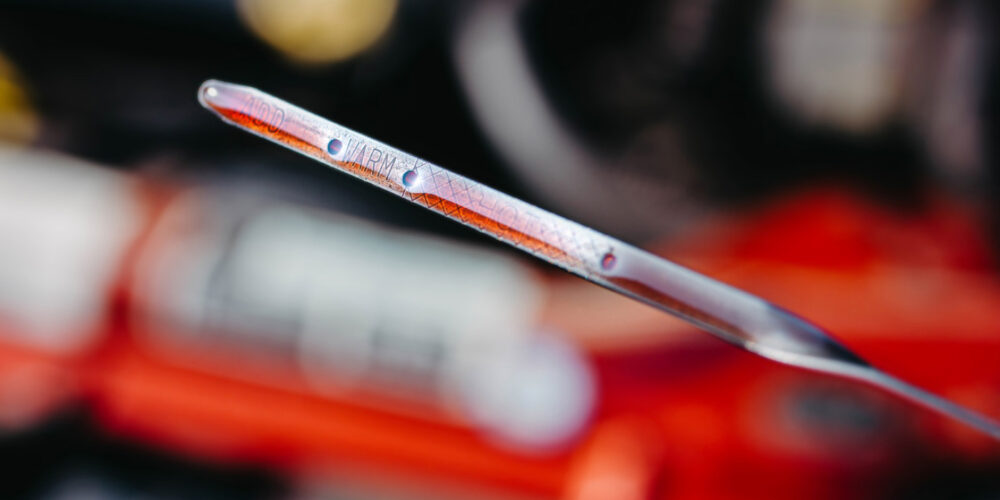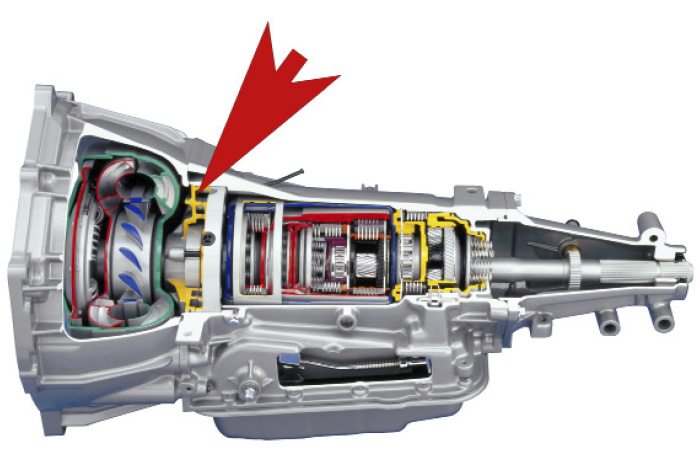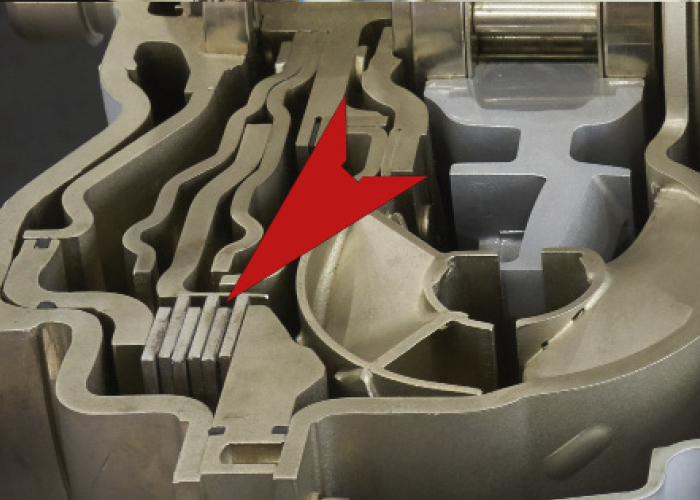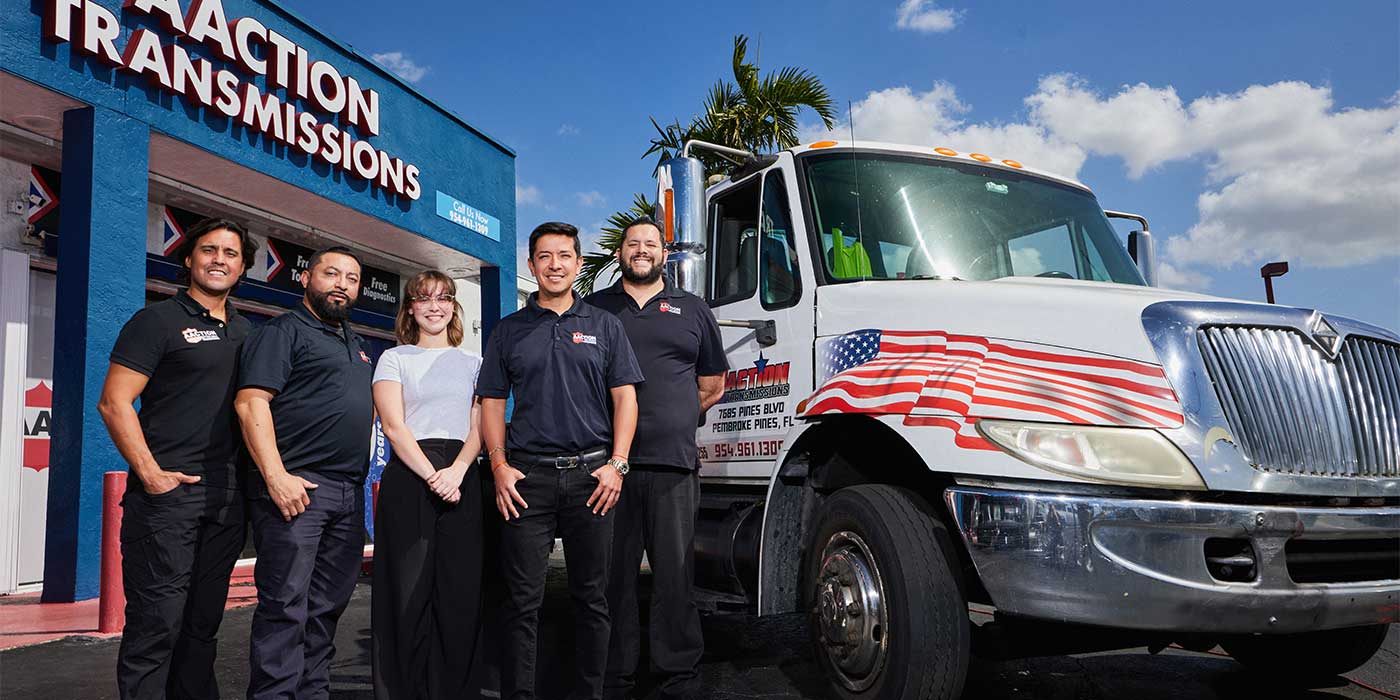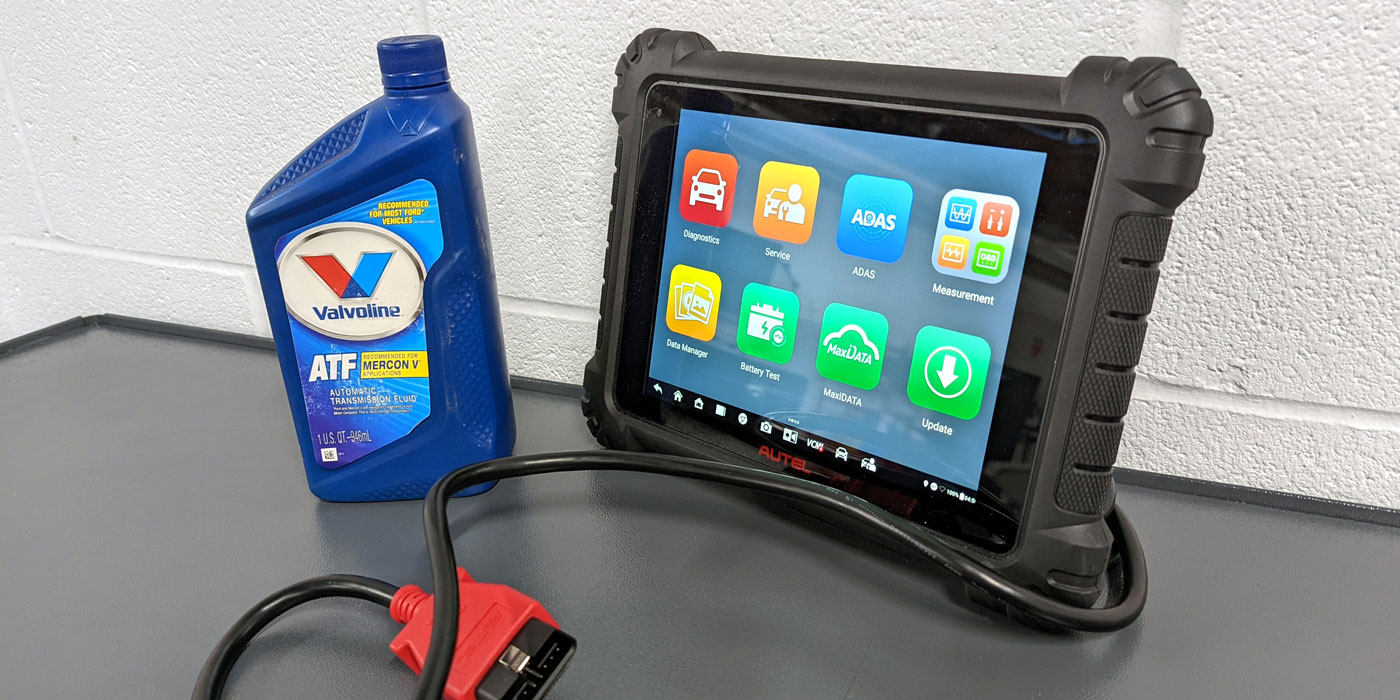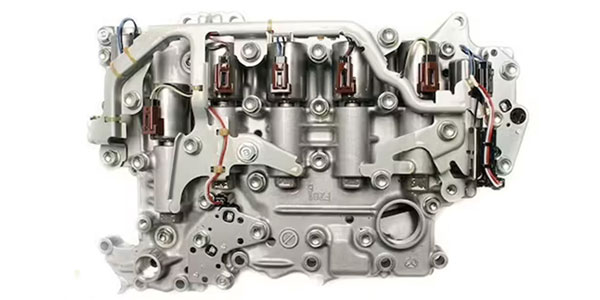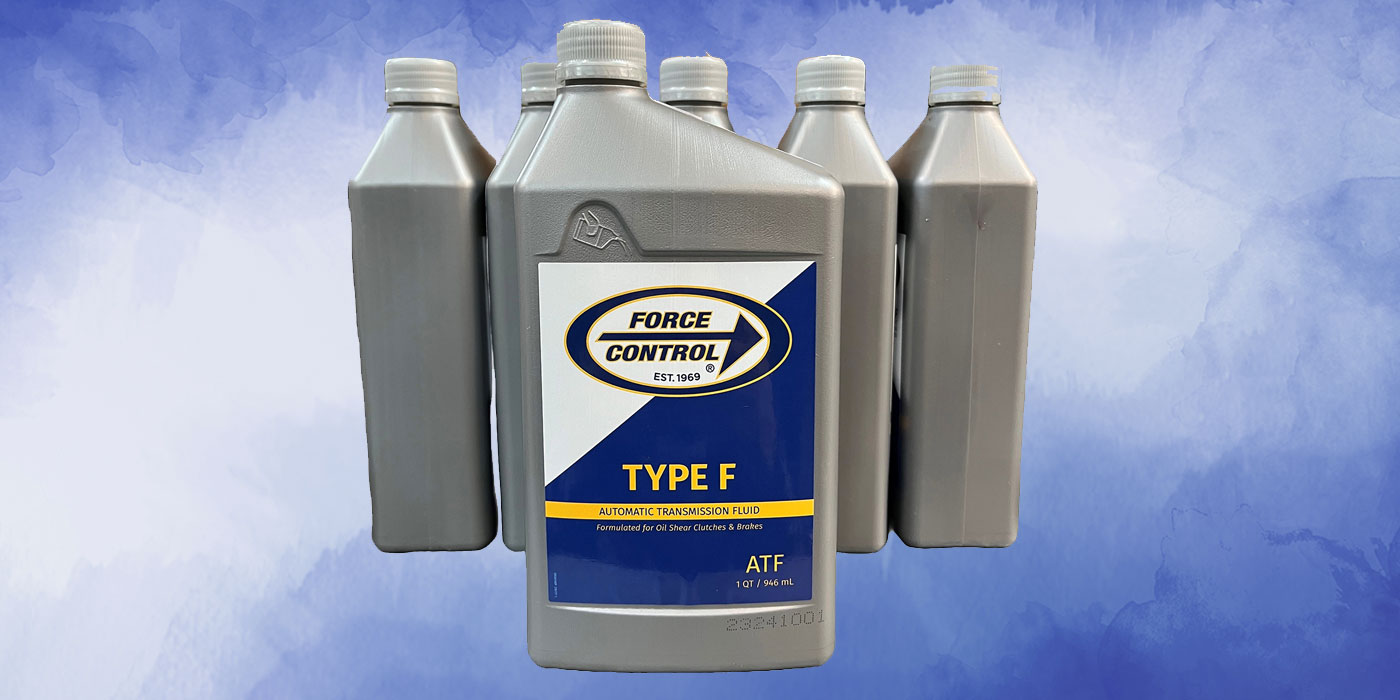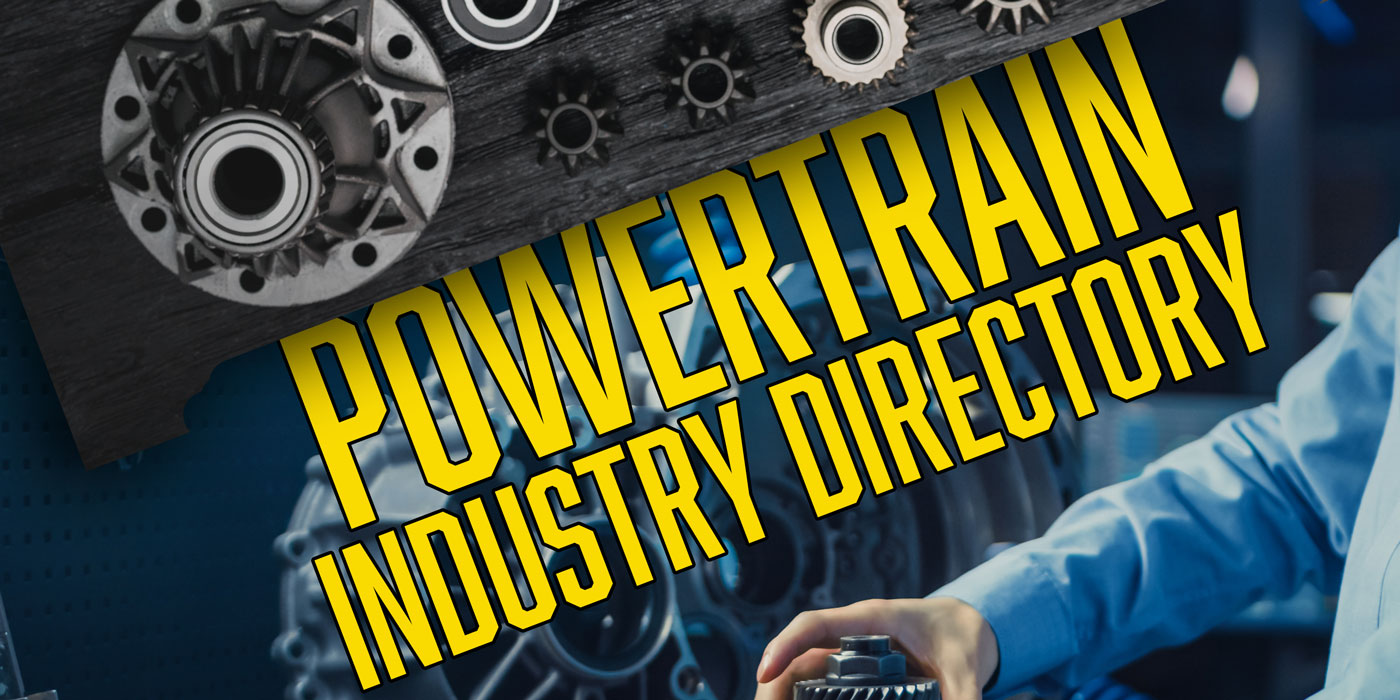To understand why using the correct transmission fluid is necessary, you first have to know how the transmission fluid flows inside an automatic transmission.
Fluid paths
The journey starts in the pan. The transmission fluid is drawn from the pan through a filter by the pump that is behind the torque converter. The fluid level in the pan and transmission body is critical. Too little, and the transmission will suck air into the pump. Too much transmission fluid and the fluid will come in contact with the rotating components. Both scenarios lead to aeration of the transmission fluid.
First off, air or bubbles in the transmission fluid can be bad for the performance of the transmission because air can be compressed; fluid can’t be compressed. Air in the system can prevent solenoids, check valves and actuators from engaging clutch packs and bands on the drums. It can even prevent the torque converter from engaging the transmission and shifting the gears. This is basic hydraulics.
The pump first generates a suction force that draws the fluid into the chamber and is eventually compressed on the other side with considerable pressure. Some transmissions might have a second pump in the rear. The pressure created can cause cavitation that can introduce tiny bubbles into the fluid if the formulation is incorrect or the additive package is worn out.
After the pump comes a valve or valves that do two things. First, it controls line pressure to the valve body and other components. On most transmissions, the line pressure must remain constant as input and output speeds change and as solenoids open and close. To keep the correct line pressure, the fluid must have the correct weight or viscosity.
Second, the pressure regulator valve will direct the fluid to the components like the valve body, torque converter, gears and servos. It will also direct some fluid into a thermostatically controlled cooler circuit.
For most transmissions, the first stop after the pressure regulator is the torque converter. For the torque converter to work, the stator, turbine and impeller must be submerged in fluid. If air exists inside the body of the torque converter, the fluid can become aerated or foamy, the efficiency of the turbine and impeller is compromised and the vehicle might not move.
On most late-model transmissions, the fluid inside the torque converter lubricates the friction materials and surfaces of the clutch that control lockup. In addition, fluid travels through the turbine and output shaft to lubricate clutch packs, shafts and planetary gears.
The pressure regulator valve also supplies consistent line pressure to the valve body. The valve body is nothing more than a series of valves, solenoids and accumulators that are connected to servos that engage clutch packs and bands that control that controls the planetary and sun gears of the transmission.
Fluid conditionals
Hydraulic components need clean fluid that is of the correct viscosity to control the input and output of the transmission. If the fluid is not correct or worn out, it can cause the valves to leak or stick, and cause slipping or even harsh shifts.
Transmission fluid may stay in passages of the valve body and servos and eventually be cycled through relief ports. Some circuits in the turbine and output shaft carry heat away and lubricate friction surfaces. But, it will ultimately end up in the pan, and the fluid will be cycled through the transmission again and again.
Keep in mind, a transmission is a sealed system. What contaminates transmission fluid is high temperatures that oxidize the fluid and break down the raw ingredients. This eventually leads to damage of the components inside the transmission.
Now that we know the flow of the transmission fluid, we can understand what the fluid is up against inside the case of the transmission.
There is not a single or universal recipe for automatic transmission fluid. Most fluids use the same type of ingredients, but they are formulated to different specifications depending on the transmission manufacturer.
The transmission fluid is formulated for the friction material used on the clutches, gasket and seal materials, the metallurgy inside the transmission, the length of the service interval, fuel economy requirements, shift quality, and performance at specific temperature ranges.
The engineers at the OEMs and fluid formulators have many ingredients to choose from to achieve the desired performance.
By volume, the number one ingredient is the “base stock.” This is a highly refined mineral oil classified as a synthetic fluid. The base stock is formulated for performance under high and low temperatures, shear strength and other lubricating properties. It represents 80 to 90 percent of the volume of the fluid.
The viscosity specification of the base stock is going lower on the latest transmissions to improve the pump’s efficiency. This is why you see transmission fluid bottles and specifications with “LV” or low viscosity in their names.
Additive packages
The other ingredients in transmission fluids represent its additive package. These chemical ingredients help to give the transmission fluid the ability to operate and protect the transmission.
By volume, detergents are the next largest ingredient in transmission fluid. Detergents help keep surfaces clean from varnish, an advanced form of sludge, and act as dispersants to control contamination and sludge.
When transmission fluid is exposed to extreme temperatures, the long chemical chains of the hydrocarbon base stock are damaged when they bond with oxygen. So, instead of a nice long chain, they look like balls of wadded-up molecules that can be very sticky. These oxidized molecules like to stick together because they are electrically charged. As more fluid is oxidized, more of them can stick together and form sludge and varnish.
Detergents and dispersants surround oxidized particles and prevent them from linking up and forming sludge and varnish. The contamination remains suspended in a solution with a protective layer around it.
To prevent the transmission fluid from oxidizing, transmission fluids will include antioxidants. These chemicals enhance thermal stability, improve lubricant performance and reduce sludge formation. They also minimize fluid thickening and control acid formation.
Fluid and friction
Friction modifiers control the friction levels between the components of the clutches and bands. These ingredients can be tuned to give the best shift performance and extend the longevity of the friction materials.
Anti-wear ingredients are designed to reduce wear between the metal parts that are under extreme pressure. These chemicals help improve the lubricity of the fluid, so it sticks to a metal surface.
Another part of the additive package are anti-foaming ingredients that prevent bubbles from forming in the fluid. Bubbles can be formed due to cavitation in the pump, torque converter and the actuation of the valves since air is compressible. Foamy fluid can change shift characteristics and the hydraulic operation of the transmission.
There are also buffers that control the pH of the fluid. They help to reduce corrosion inside the transmission.
The base stock and additive package must be compatible with the metals, gaskets and seals inside the transmission. Some transmission fluids even include seal conditioners to keep gaskets and seals flexible.
The additive package components do degrade or become depleted over time and need to be replaced by installing fresh transmission fluid. In other words, the chemicals that control the pH friction levels and prevent sludging have a limited supply. When these ingredients are exhausted, their control over the characteristics of the fluid quickly changes.
This article was originally posted on our sister site, Tomorrow’s Technician.

